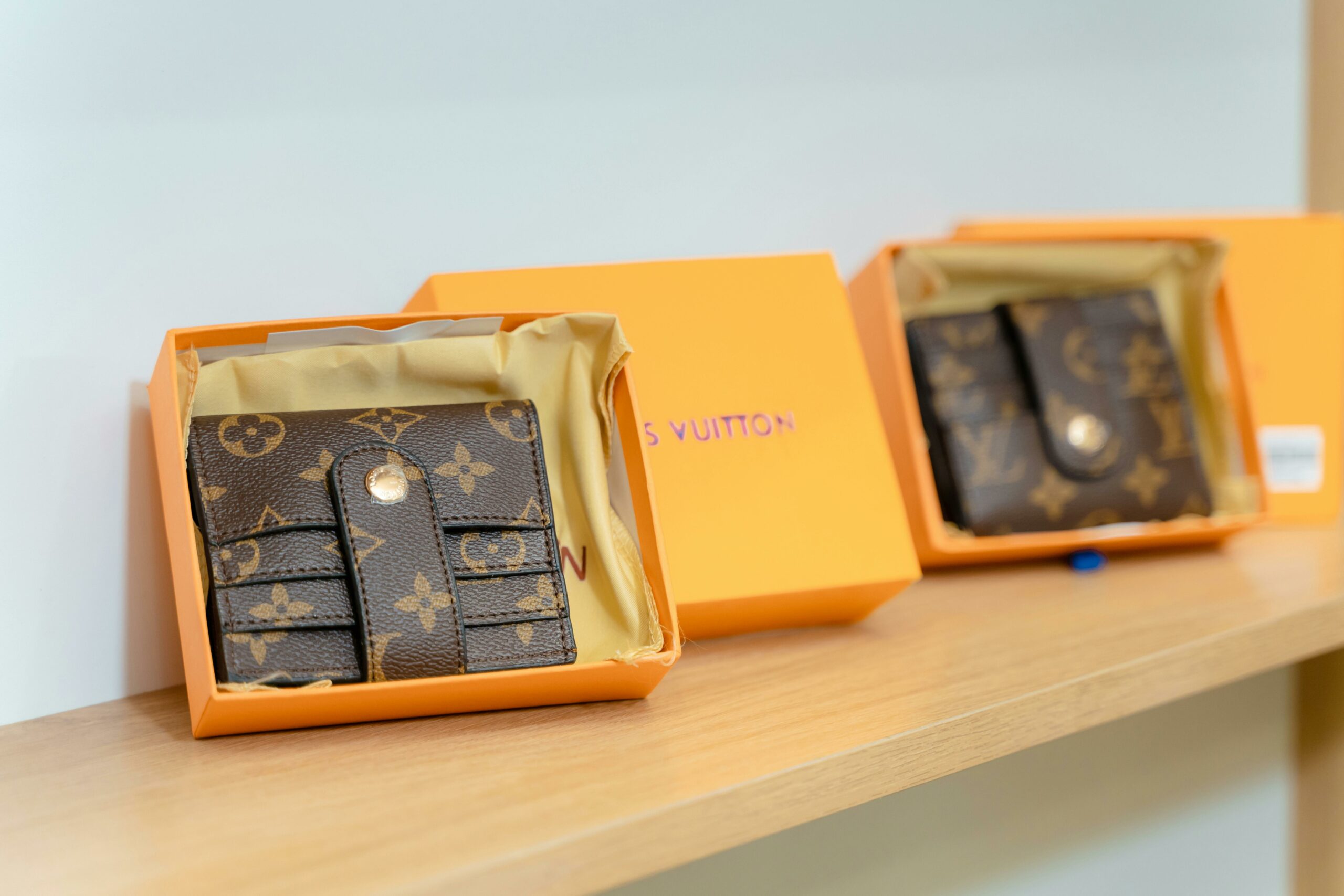When buying diamonds, it is vital to understand the prime gem factors that influence both the aesthetics and the price of the stone. Customers must consider the four Cs: colour, clarity, cut and carats when deciding on what diamond they wish to purchase.
Carats
Carats refer to the weight of the diamond. One carat is equivalent to 0.2 grams. Since large diamonds are significantly rarer than smaller ones, they have a far higher price carat-for-carat when compared to smaller diamonds.
Diamond weight is also sometimes given in points, with 100 points being equivalent to 1 carat, 50 points to 0.1g or half a carat, and so on.
Colour
Diamonds are prized for their light dispersion and they have the greatest refractive index of any gem. This quality is enhanced if the stone itself is colourless. The degree of colour in a diamond is indicated by a letter, with D being completely colourless and Z being heavily coloured. D-F colours are the most valued stones and command higher prices whereas diamonds of rating N or greater are significantly less expensive.
Clarity
Clarity refers to the amount of blemishes and chemical inclusions within the stone. The grades of clarity are given below:
- FI. Flawless. No blemishes or inclusions.
- IF. Internally Flawless. No inclusions and insignificant blemishes.
- VVS1 and VVS2. Very, Very Slightly Included. Exceptionally small inclusions which are almost impossible to see under a 10x microscope.
- VS1 and VS2. Very Slightly Included. Small inclusions difficult to see under a 10x microscope.
- SI1. Slightly Included. Inclusions are easy to see under a microscope, but hard to notice with the naked eye.
- SI2. Slightly Included. Inclusions can be seen with the naked eye.
- I1, I2 and I3. Imperfect. Inclusions are easily visible to the naked eye.
Cut
The most controversial of the four Cs, cut is simply the shape which the diamond. There are many shapes including round, princess, cushion, oval, radiant, marquise, emerald and Asscher. The cut is important as it maximizes the light dispersion of a stone. A stone with ideal proportions, symmetry and polish will command a far higher price.










